The offseason roster limit for NBA teams has historically been 20 players, but the latest Collective Bargaining Agreement raised that limit to 21 to account for the fact that each team’s total two-way contract slots have increased from two to three.
By the time training camps open at the start of October, we can expect most – if not all – of the NBA’s 30 teams to be carrying full 21-man rosters. There’s little downside to filling up the roster, as doing so gives teams more bodies in camp and more roster flexibility during the preseason.
[RELATED: 2023/24 NBA Roster Counts]
For now though, only eight teams have maxed out their rosters. The other 22 clubs are carrying fewer than 21 players and will likely have more moves to make in the next month or so.
Here are the eight teams that currently have full 21-man offseason rosters:
Denver Nuggets
15 guaranteed, three Exhibit 10s, three two-ways
It’s still possible the Nuggets could make a change or two to their projected regular season squad, but right now their roster decisions appear pretty straightforward. Once the defending champions cut their three Exhibit 10 players, their roster will be set for opening night.
Memphis Grizzlies
17 guaranteed, one TBD, three two-ways
We still don’t know the details on Shaquille Harrison‘s new deal with the Grizzlies — I expect it’ll be non-guaranteed, but even if that’s the case, Memphis would have to trade or release two players on guaranteed deals in order to set their roster for the start of the regular season. Isaiah Todd and Josh Christopher are among those whose spots appear to be most in danger.
Miami Heat
12 guaranteed, one partially guaranteed, five Exhibit 10s, three two-ways
With the Damian Lillard sweepstakes unresolved, the Heat’s roster is still very much subject to major changes. But if no Lillard trade materializes, perhaps Miami will consider promoting one or two of their two-way players (including Jamal Cain) to the standard roster, allowing their Exhibit 10 players to compete for a two-way deal.
Milwaukee Bucks
15 guaranteed, three Exhibit 10s, three two-ways
Eric Nehm of The Athletic reported today (via Twitter) that newly signed forward Alex Antetokounmpo has already been waived. But that transaction hasn’t shown up in NBA.com’s log yet, and he’s still listed on the Bucks’ official roster, so we’re assuming the team is still carrying 21 players for now.
Of course, Antetokounmpo and his fellow Exhibit 10 signees will likely be cut sooner or later, but maybe there will be an opportunity for one of them to earn a conversion to a two-way deal with a strong preseason. Players like Lindell Wigginton, whose two-way deals carried over from 2022/23 to ’23/24, typically have less job security than those who have signed new contracts since July.
New York Knicks
12 guaranteed, three non-guaranteed, three Exhibit 10s, three two-ways
The Knicks may opt to shake things up a little before opening night. One of their 12 players on guaranteed contracts – Evan Fournier – is an obvious trade candidate, and none of their three players on non-guaranteed deals (Isaiah Roby, DaQuan Jeffries, Duane Washington) are locks to make the 15-man roster.
Oklahoma City Thunder
15 guaranteed, one partially guaranteed, two non-guaranteed, three two-ways
Setting the Thunder’s roster won’t be as simple as cutting the players without full guarantees. Two of those guys – Aaron Wiggins and Isaiah Joe – were solid rotation players last season and another – Jack White – was newly signed in July. We took a closer look last week at where the Thunder’s roster crunch stands and which players might end up on the outside looking in.
Toronto Raptors
15 guaranteed, one non-guaranteed, two Exhibit 10s, three two-ways
Pascal Siakam has been the subject of trade rumors throughout the offseason, but if the Raptors don’t make a deal before the season starts, the only drama may be whether Jeff Dowtin (on a non-guaranteed deal) can play well enough to crack the 15-man opening night roster.
Dowtin would earn a $900K partial guarantee if he makes it to opening night. In that scenario, Malachi Flynn, Garrett Temple, or Otto Porter might be the odd man out.
Utah Jazz
12 guaranteed, two partially guaranteed, one non-guaranteed, three Exhibit 10s, three two-ways
If Romeo Langford had received a small partial guarantee or signed a standard non-guaranteed contract, I’d view him as a threat to earn a 15-man roster spot. However, the Exhibit 10 clause reported to be included in his deal suggests the Jazz aren’t counting on that and will be happy to stick with their 15 players on standard contracts, including the three guys without full guarantees (Kris Dunn, Omer Yurtseven, and Luka Samanic).
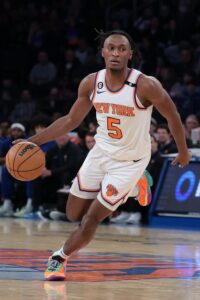 Let’s use Knicks guard
Let’s use Knicks guard 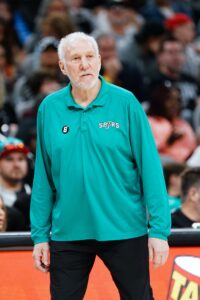
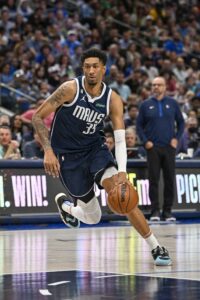 Big man
Big man 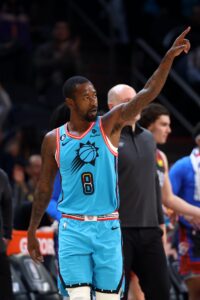 There aren’t many solid two-way wings left on the board.
There aren’t many solid two-way wings left on the board. 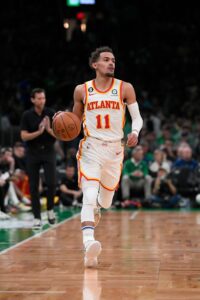
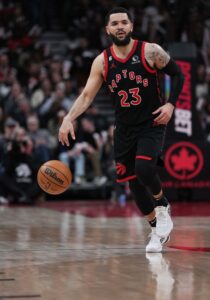
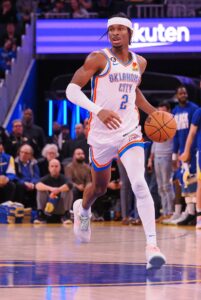
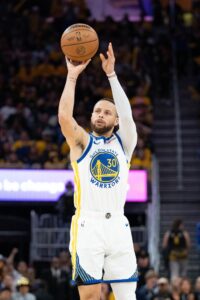 When a player signs a maximum-salary contract, he doesn’t necessarily earn the NBA max for each season of that contract — he earns the max in year one, then gets a series of identical annual raises. In Curry’s case, his 2023/24 salary actually exceeds
When a player signs a maximum-salary contract, he doesn’t necessarily earn the NBA max for each season of that contract — he earns the max in year one, then gets a series of identical annual raises. In Curry’s case, his 2023/24 salary actually exceeds